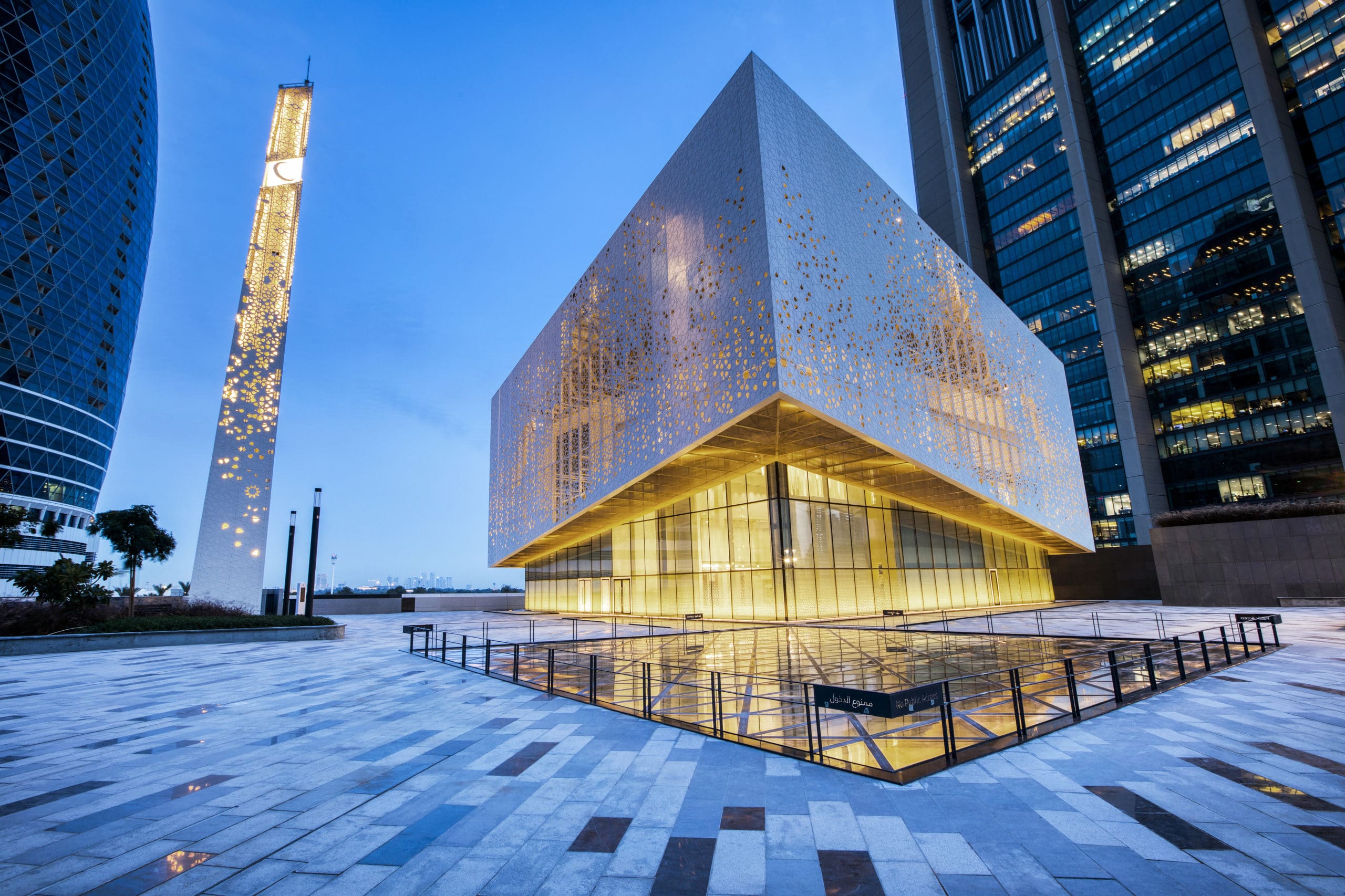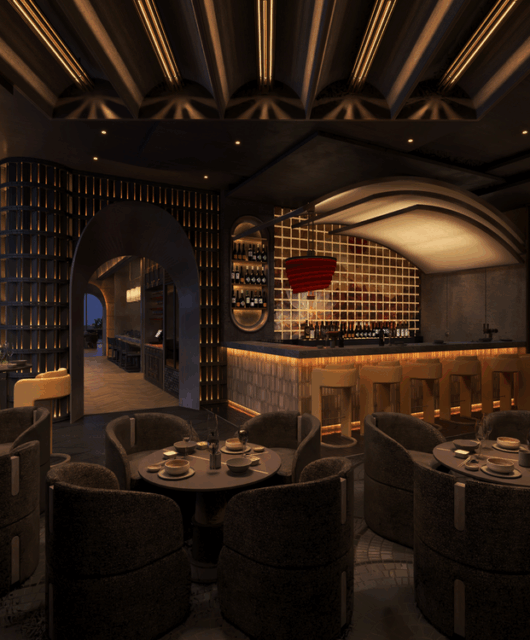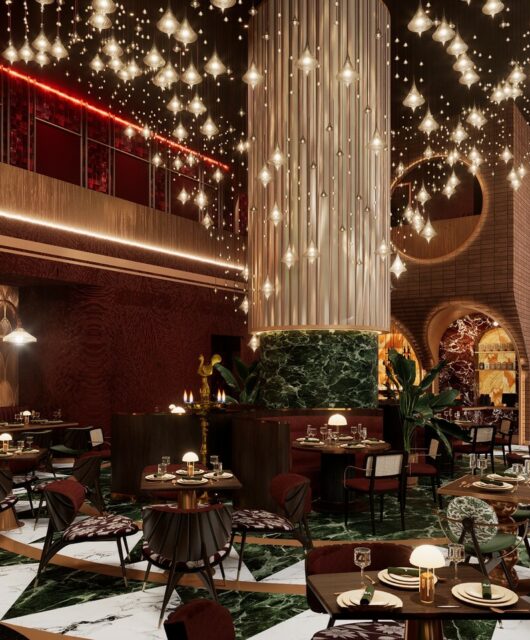George Arvanitis, director of masterplanning & urbanism and Mohamed Ali, associate director, at RMJM talk about their favourite projects, current commissions, and architecture post-COVID-19
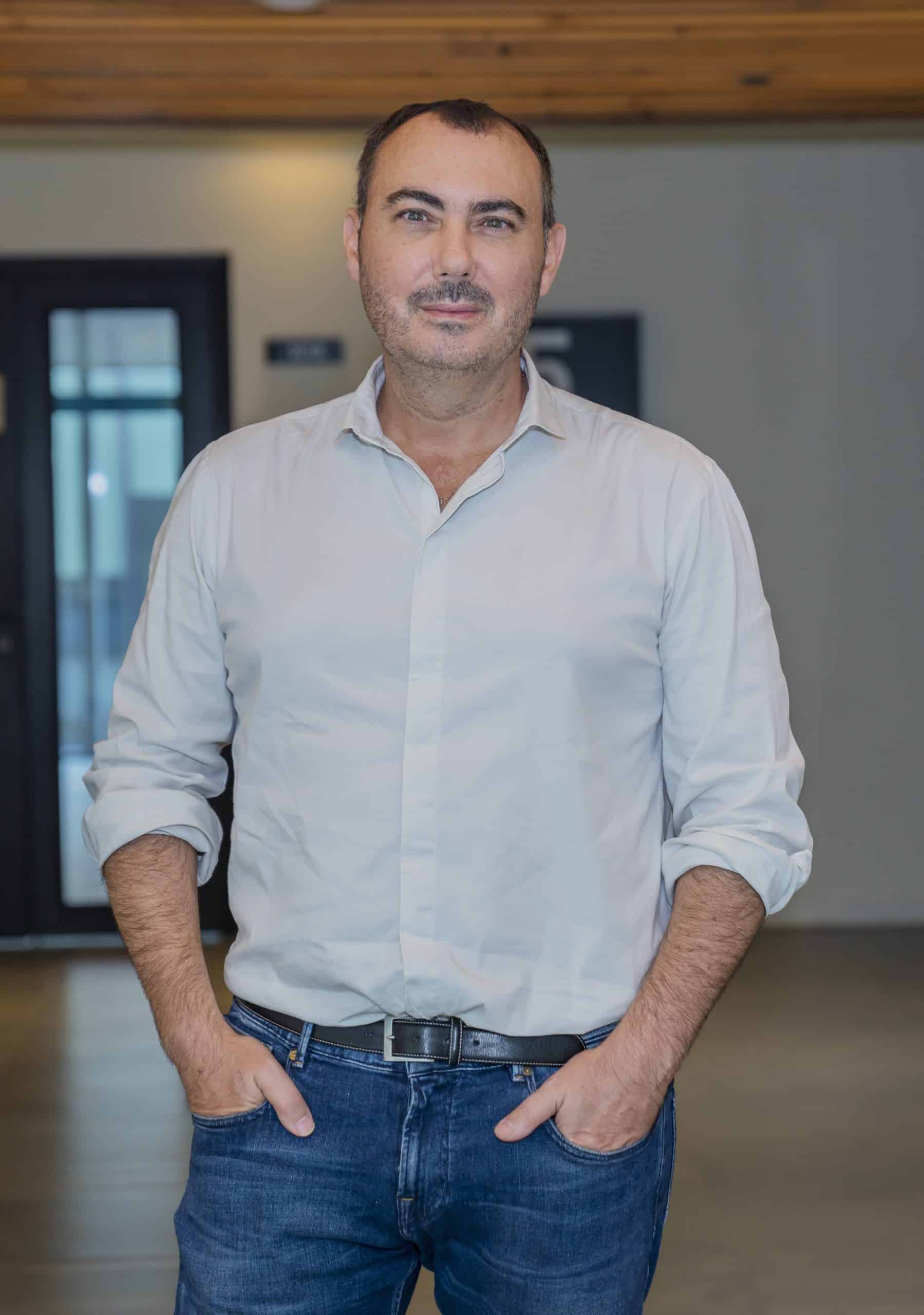
IN CONVERSATION WITH GEORGE ARVANITIS
Take us on a journey – what was your career path before joining RMJM? What is the most rewarding aspect of your job at RMJM?
Having previously lived and studied in the USA before working in Europe, I have found a home in Dubai, a truly enriched global crossroads. I often draw upon the diversity of cultures and places that I’ve experienced for inspiration. Our studio staff at RMJM are our most invaluable asset and we shape projects together through discourse and collaboration. I also find that testing new ideas and concepts is something that inspires and energises me.
What is your favourite project you’ve worked on at RMJM? There are a series of projects I’ve worked on while at RMJM and each has their own special place. From new visionary masterplans for growing cities such as Makkah to urban design regeneration in Baghdad and Cairo, architecture and cultural projects within heritage landscapes, my favourite projects are those that deliver people-centred design and express integrity of materiality, function, and form.
How do you consider architecture’s role in achieving environmental sustainability?
Architecture should be considered as part of an eco-system within the built environment and should in turn, deliver an uplifting responsible design. Therefore, the selection of materials, systems, and forms all play a part, in the well-being of its users and its neighbours, creating an enduring building design.
How will COVID-19 change the architecture? We have reflected on the value of design in our immediate surroundings, understood the significance of integrating nature, ensuring indoor air quality, and providing suitable lighting for our well-being and health. For cities, this places greater emphasis on our pedestrian connectivity and outdoor space.Architecture will need to prioritise, in its conception, the end-user and deliver a holistic setting that is emotive, flexible, and adaptable to our everyday needs and also cater to an agile working and living environment.
Can you tell us a little bit about the projects you’re currently working on?
From new cities to the smaller scale office developments we are undertaking in Masdar City, and new heritage hospitality projects on Saadiyat Island, Abu Dhabi we have been drawing on inspiration from the site, our clients and our young designers to deliver thoughtful meaningful designs.
……………
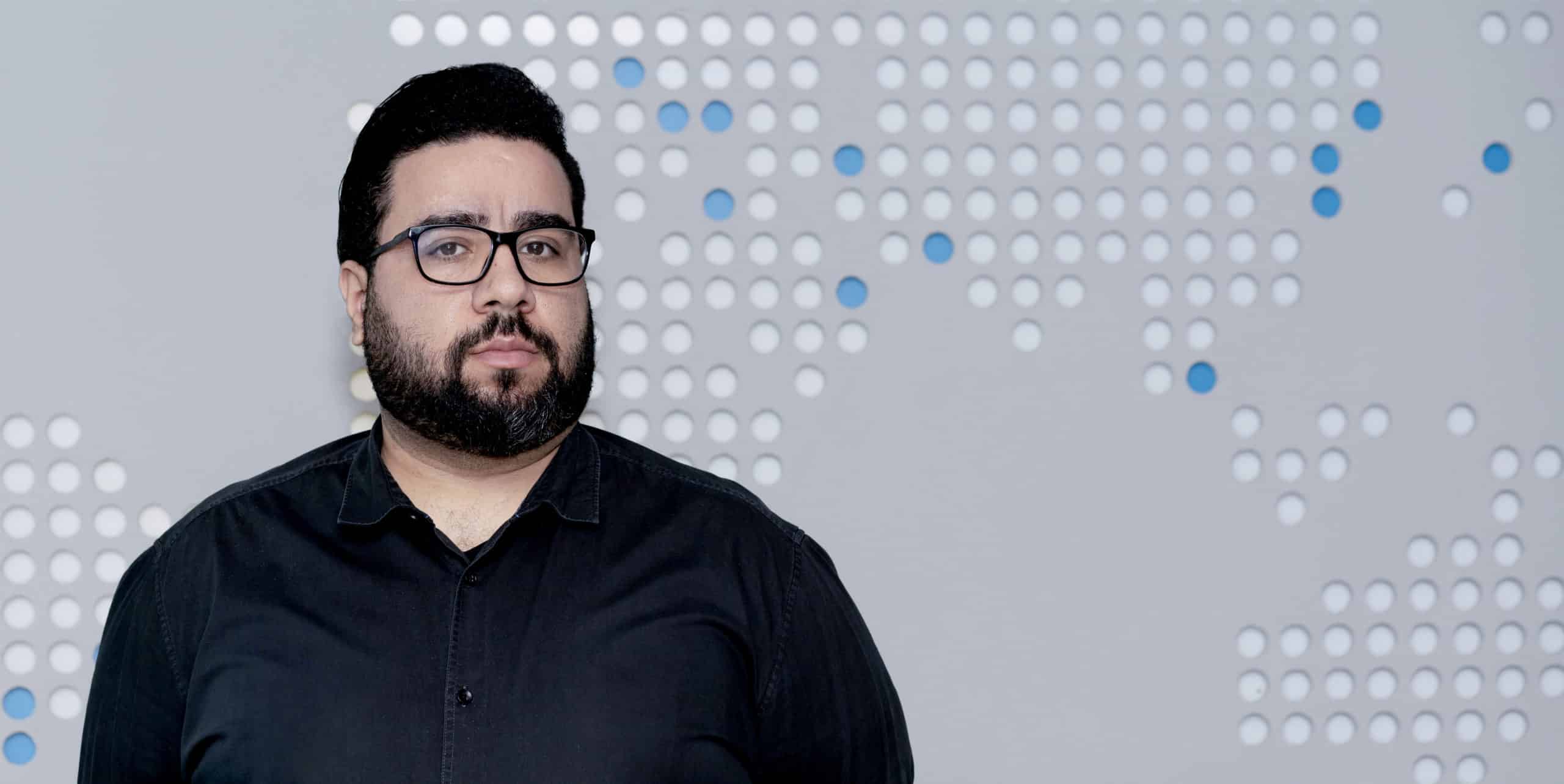
IN CONVERSATION WITH MOHAMED ALI
Briefly describe your professional journey and role at RMJM?
I joined RMJM in 2013, with a background in residential, retail, and hospitality. I managed a number of high-end projects in the MENA region from the early design stages until the hand-over to our construction team. I thrived in this position and eventually made my way to associate director. RMJM has a great environment for encouraging talent and creativity which really creates a space where we can design and deliver remarkable projects, which is my main passion! For me, design is a team endeavour were every member matter, every piece of data adds its own mark. Technology enables us to sculpture all these opinions and views and coordinate thoughts and emotions to give every project a unique persona.
What have been the most fulfilling projects you have worked on and why?
Dubai Creek Harbour Tower, Emaar: Our challenging role was to build an electronic version of the tower to resemble the real construction on site. E-construction is a new role for the modern architecture industry where deliverables go beyond the submission of a creative design to the digital transformation of the building.
Masdar M10B: The innovative concept of this futuristic boutique office focused on high sustainability standards. We embraced energy generation and saving through exciting technological integrations including a “Smart Home” style Internet of Things, vertical farming, and many others.
What are you working on currently, and what is in the future for architects?
Masdar M10B: It is the Office 2.0. We designed the ‘feel and experience’ of the future of workplace. The office space allows more networking and collaboration, built to promote creativity and innovation, with a low carbon foot- print and environmentally responsible approach. The design incorporates future drone deliveries and even produces its own crops in-house.
How is COVID-19 impacting the architecture?
Architecture is all about the space experience, COVID-19 is a great opportunity to grant a human-scale distancing for work, leisure, and living. Pigeon-hole style apartments are not healthy from a mental and medical point of view. ‘Working from home’ should convert to better homes, less commuting, and less pollution. Future cities need to be more human and definitely much cleaner and sustainable; this is the proper social distancing that can cure COVID-19 and protect our society from getting any new pandemic.
What are some of your favourite technologies to work in your field?
Generative design is catching my interest as an integral part of our BIM workflow as the technology would offer new design possibilities especially if applied with AI. 3D Printing is also interesting, especially in the time of COVID 19, where we need to generate more prefabricated buildings to protect workers at the site.
Here’s a gallery of the projects from RMJM:
[metaslider id=”9605″]

